How To Personalize Your Cold Emails At Scale (2025)
Updated December 2025
Manually writing cold emails is a waste of time.
If you are contacting thousands of leads, then you simply don’t have time to individually write each email.
In this article, I show you three scalable ways to personalize your emails:
1. Segment your lead list
2. Use custom variables
3. Google Sheets + ChatGPT extension
1. Segment your lead list
The best way to "personalize" your cold emails is by segmenting your lead list into multiple smaller lists.
For example, you can create a separate list for each industry and job type.
You can go even further by making lists of people based on actions they took; for example, if you are a recruitment company, you could make a list of companies that are currently posting job ads, and then contact the hiring manager or founder of each company.
Once you've segmented your lead list, you can then write relevant copy for each list. This will increase your reply rate, since the people that you are reaching out to will think your email is just for them.
Imagine the difference in your email copy in the two following scenarios:
Scenario 1: A list of generic companies.
Scenario 2: A list of SaaS companies that are hiring engineers that specialize in Golang.
Your email copy in scenaro 2 will be more relevant, meaning that your reply rate will be higher.
The best way to build segmented lead lists is by using LinkedIn Sales Navigator. If you use Emailchaser's "Lead Finder" feature, you can extract people with their emails from Sales Navigator.
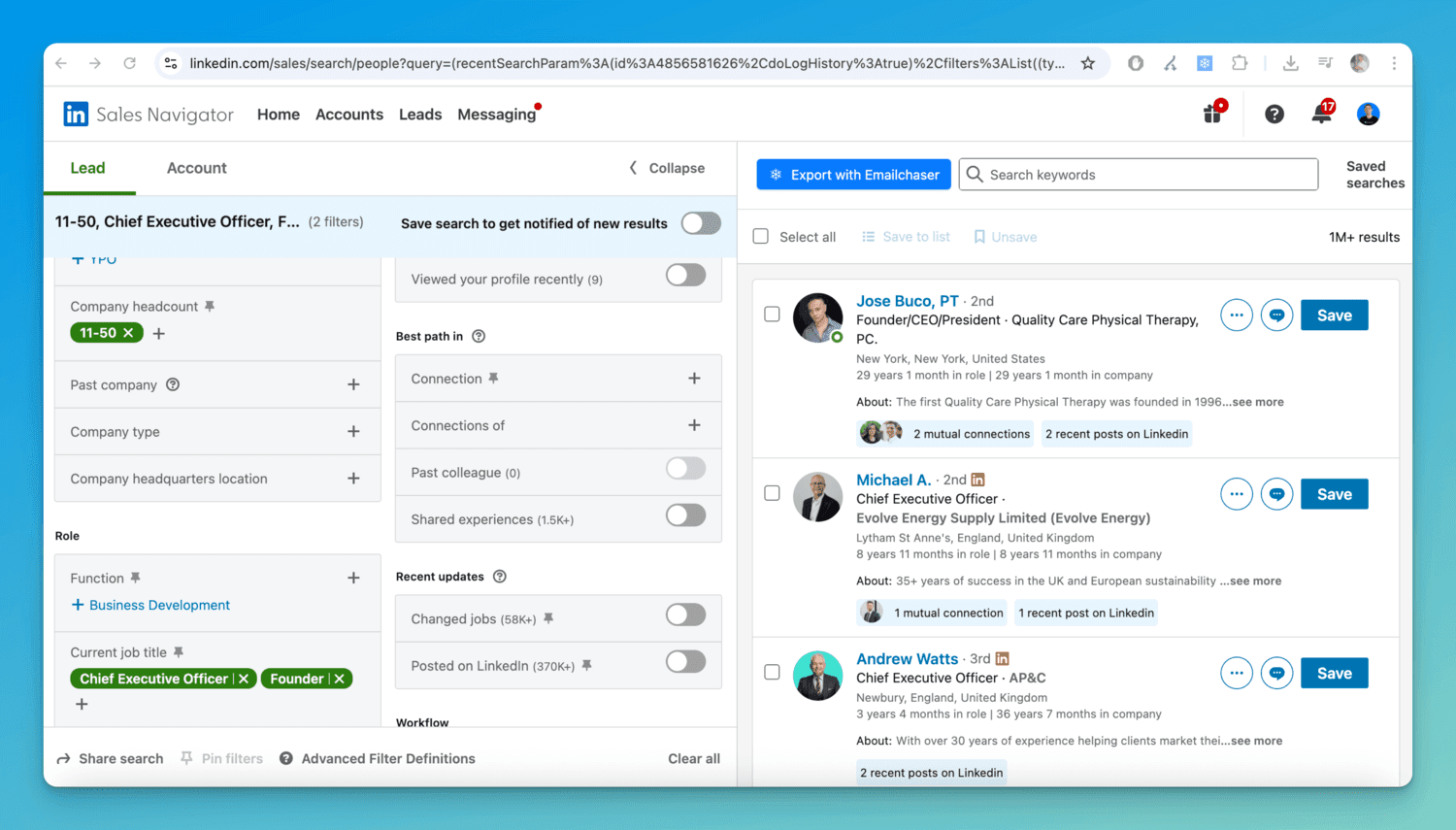
2. Use custom variables
Another way to personalize your cold emails at scale is by using "custom variables".
Custom variables allow you to automatically add data to your emails.
For example, if you are contacting thousands of leads, you can use a {first_name} custom variable to automatically add the first name of each lead.
Instead of starting your email with something generic like "Hi there", you could say something like "Hi {first_name}" and then it would add the first name to each lead (taking the first name of each lead from your csv file or Google spreadsheet).
The only way to add custom variables to your emails is by using a specialized cold email software (like Emailchaser).
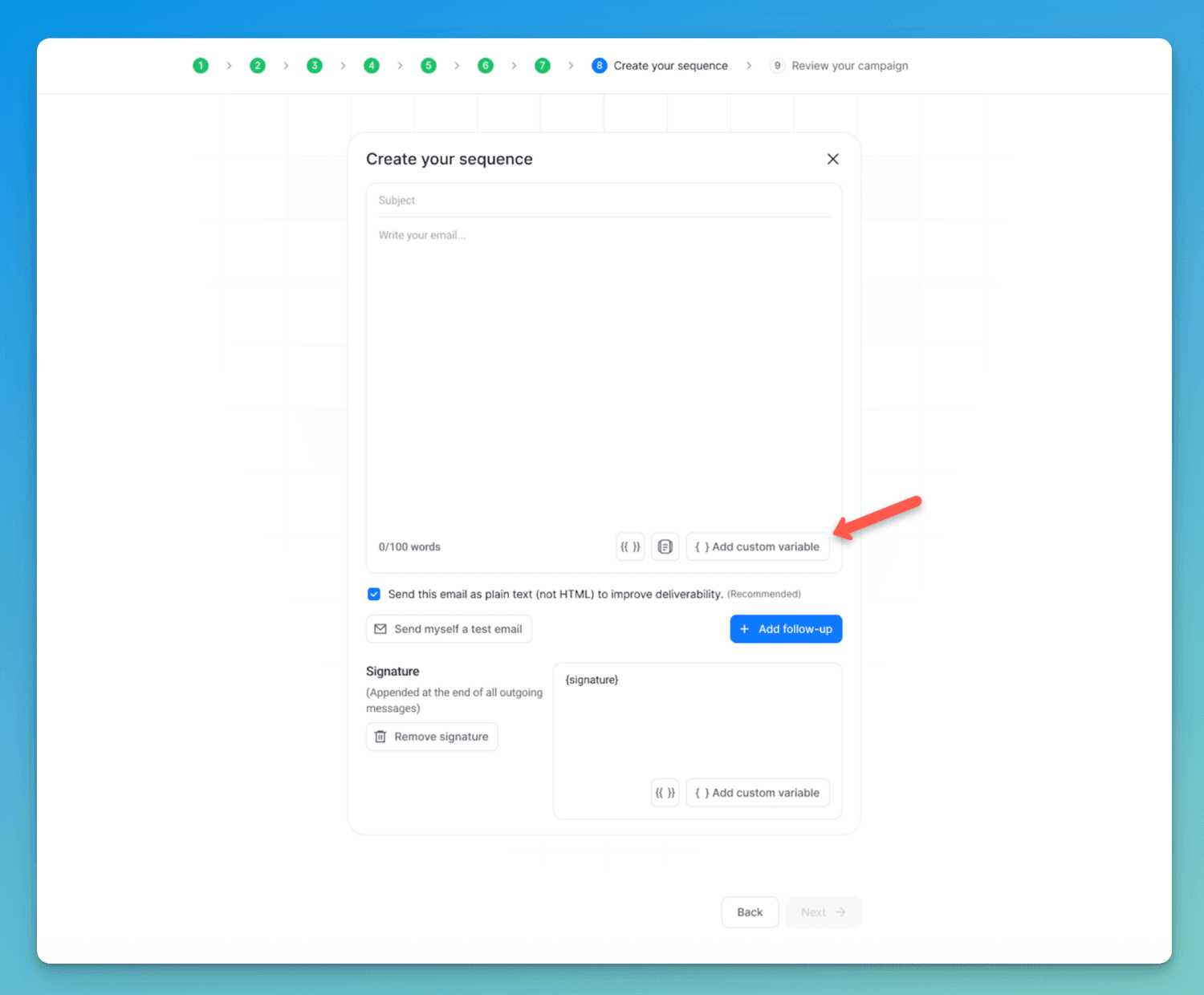
3. Google Sheets + ChatGPT extension
The third way that you can personalize your cold emails at scale is by installing a ChatGPT extension in your Google spreadsheet.
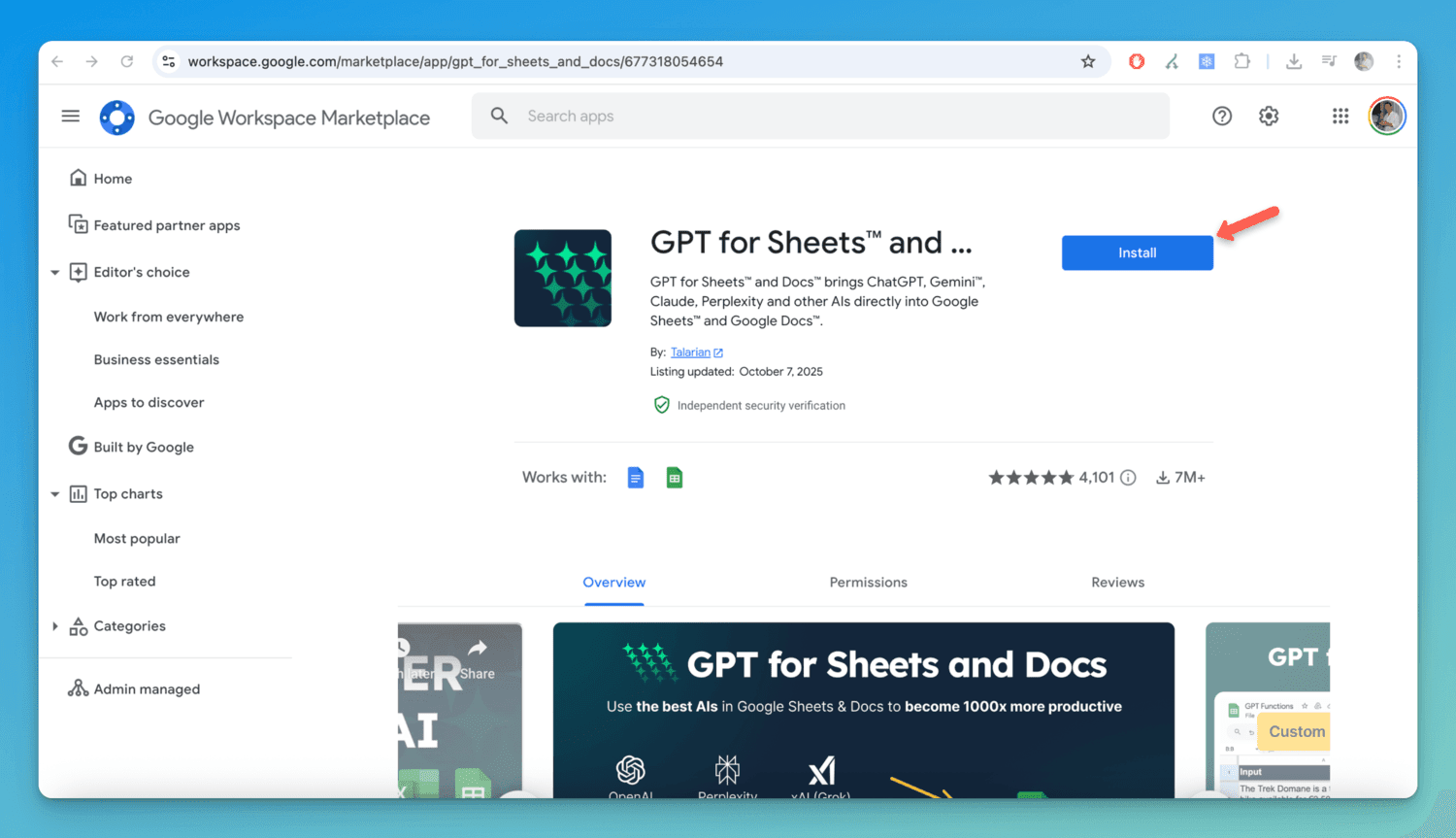
This allows you to generate a 100% unique email for each lead.
Typically, you will already have some information about each lead in your Google spreadsheet, like their website or company description. The ChatGPT extension will then analyze this information to generate a unique email for each lead.
The AI generated subject and body can be inserted into specific columns in your Google spreadsheet, which can then be inserted into your emails via custom variables.
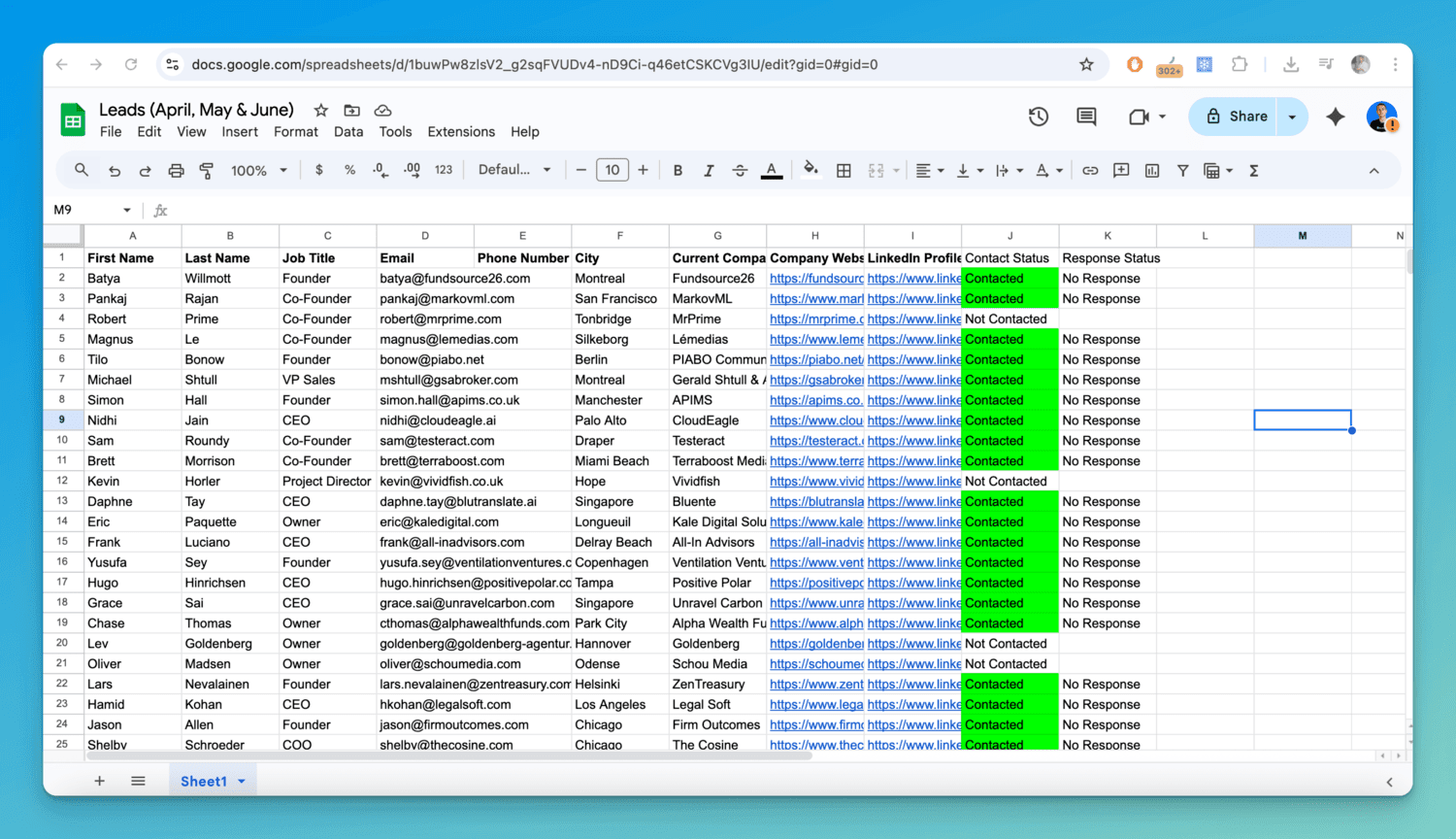
If you use Emailchaser, then you can connect your Google spreadsheet to a campaign, so that each time a new lead is added to your spreadsheet, it's automatically added to your campaign.
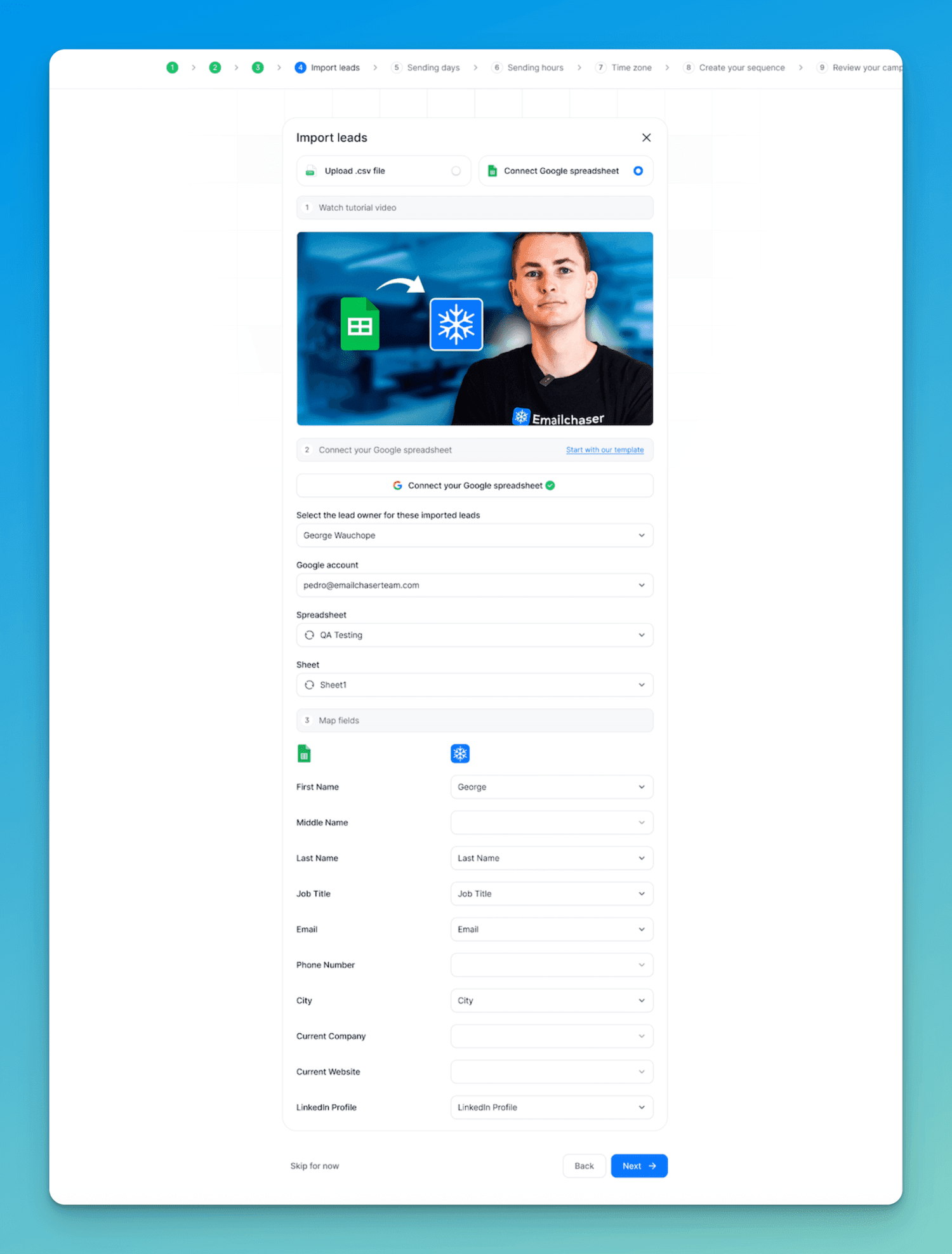
Final thoughts
If you are selling something that nobody cares about, then you will not receive replies, regardless of how personalized your email is.
Your product and offer are the most important factors affecting your reply rate (not personalization).
If you build a list of people that have already performed an action that implies that they need your product or service, then you will receive a high reply rate. You can learn how to do this in my article How To Create An Evergreen Cold Email Campaign.
Article by
George Wauchope
Founder of Emailchaser.
I have been working in the sales & marketing industry for nearly a decade.
When I’m not working on my business, I enjoy eating sushi & doing jiu-jitsu.
About the author
Address: 151 Calle de San Francisco San Juan, Puerto Rico
Email: [email protected]
© Copyright 2025 Emailchaser